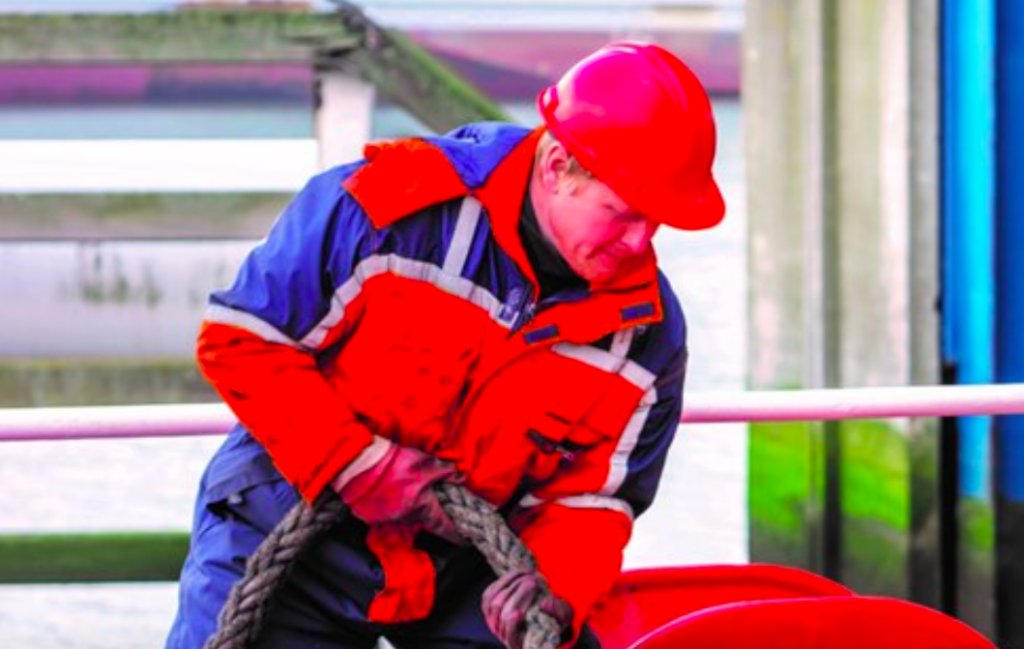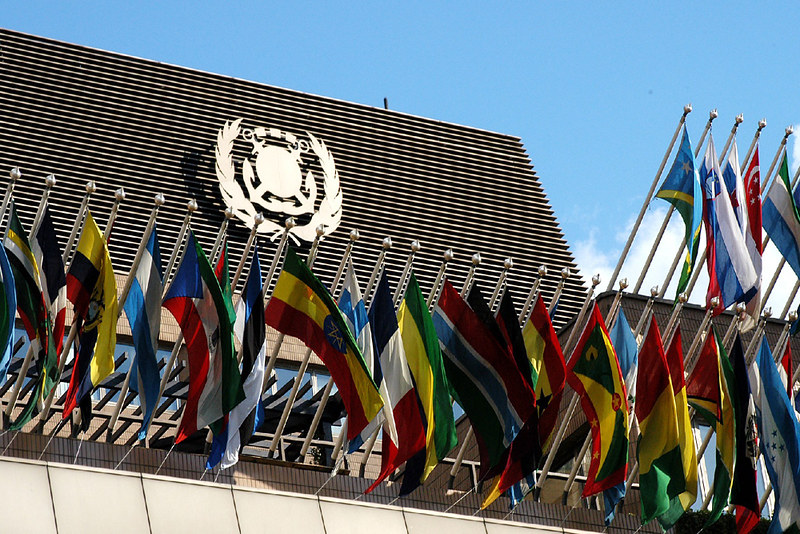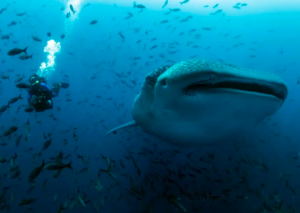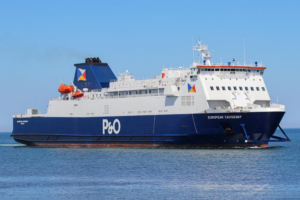500 seafarers remain trapped on vessels in Ukrainian ports

Just under 500 seafarers remain sheltered awaiting evacuation on board 109 ships at Ukrainian ports in the Black Sea and the Sea of Azov, according to new data gathered by the International Chamber of Shipping (ICS).
To date, around 1,500 seafarers have been safely evacuated from stranded vessels via humanitarian corridors on land and at sea. The remaining 500 seafarers account for skeleton crews who remained on board to allow their fellow crewmates to be evacuated.
Last week, UN Secretary-General Antonio Guterres called for an escape route from the Mariupol ‘apocalypse’. The ICS says it is urging the preservation of humanitarian corridors until all remaining seafarers have been safely evacuated.
“The escape route out of ‘the apocalypse’ must be open to these seafarers as well,” says Natalie Shaw, director of employment affairs at ICS. “While we are relieved that around 1,500 have been successfully evacuated, our focus is on those still onboard. We will continue to do all we can to facilitate their safe passage out of the affected areas and, in the meantime, work with aid agencies to ensure the delivery of humanitarian aid to those still affected.”
The International Labour Organisation (ILO), the IMO, UNHCR and humanitarian organisations have coordinated deliveries of food, water, and medicines to the remaining crew. While some supplies have reached the intended recipients, delivering aid continues to be extremely difficult, particularly in high-risk areas.

Vessels are stuck in numerous Ukrainian ports including Mykolaiv, Chornomorsk, Kherson and Odessa. According to the ICS, the affected seafarers, both the evacuated and those who remain onboard, are from 27 different countries, with the largest number from the Philippines and India. Other affected seafarer nationalities include Ukrainian, Russian, Chinese, Danish, Greek, and Turkish.
ICS data indicates that most of the 109 stranded vessels are either bulk carriers or general cargo vessels. Other vessel types include oil tankers, chemical tankers, tugs and an ice-breaker.
Last week, MIN reported a turbulent start to 2022 has contributed to the lowest levels of seafarer satisfaction for eight years, according to the latest Seafarers Happiness Index report, published by The Mission to Seafarers.
Reporting on Q1 2022, the Index’s measure of overall happiness decreased from 6.41 to 5.85, with happiness levels dropping across all categories. Factors including the Omicron variant, to the conflict between Russia and Ukraine and concerns over contractual issues, have severely impacted morale onboard.
In response to the outbreak of conflict, members of the yacht community have joined forces to offer assistance and shelter to crew affected by the war in Ukraine. Yachties United connects offers of social support, shelter and donations with crew members in need.
“We commend the rescue effort taken by flag states, port states, and labour supply states, as well as governments, shipowners, unions, international aid agencies, and seafarer charities,” says Shaw.










